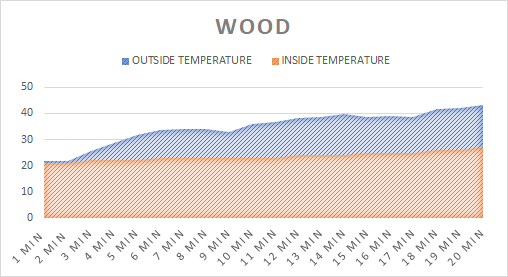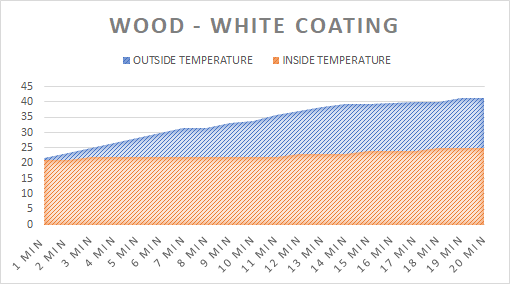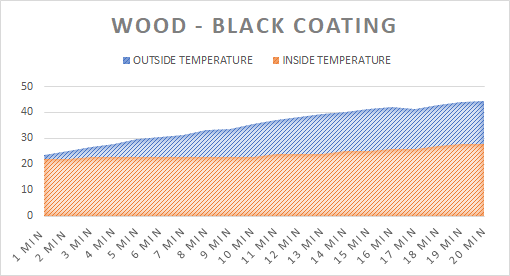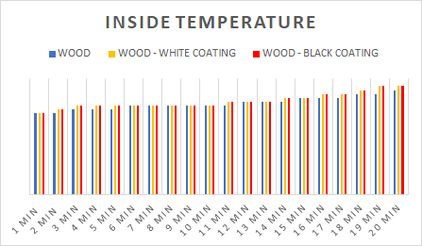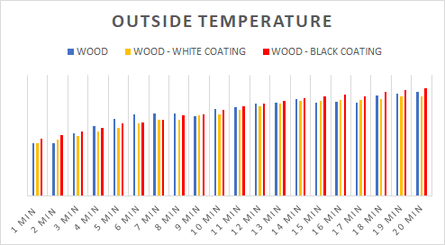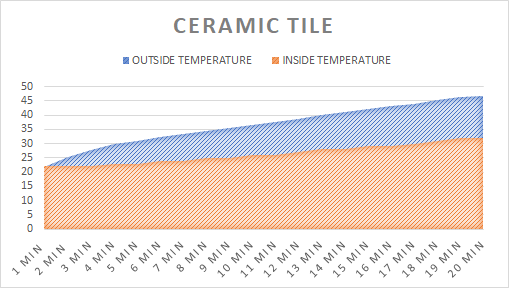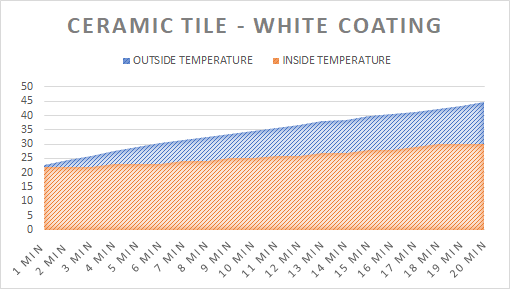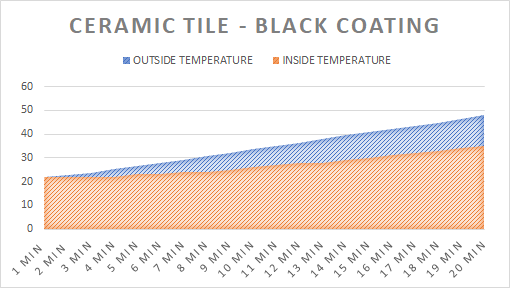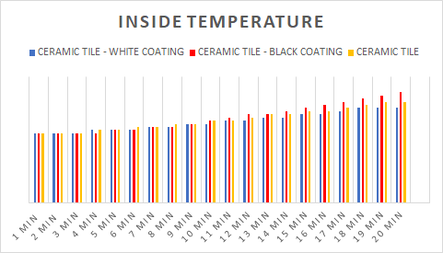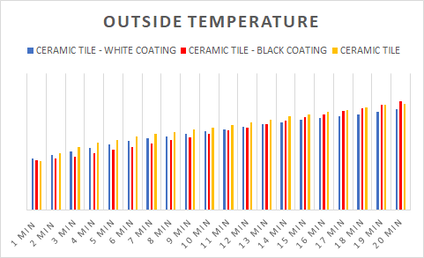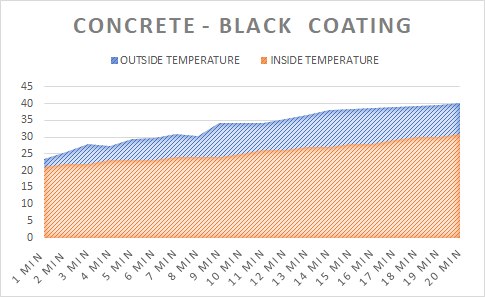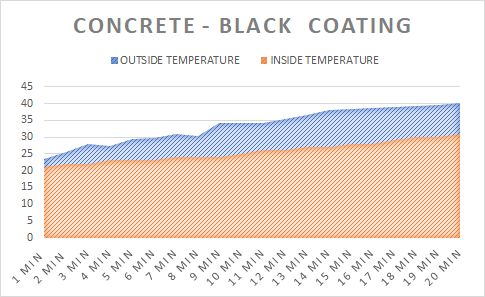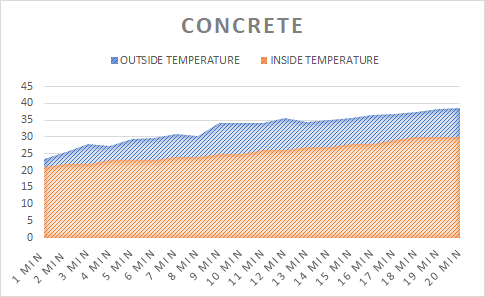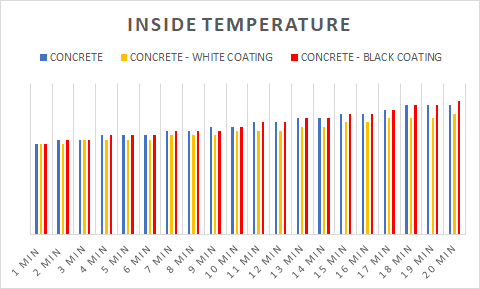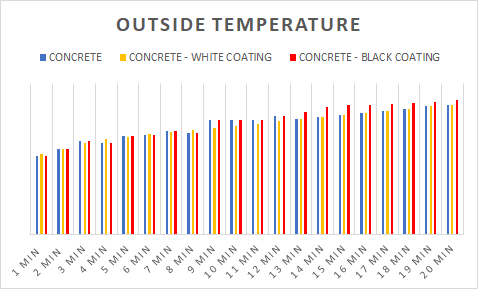Background
Albedo, or the amount of light reflected, is one way to combat heating passively. The ability for an external building material to reject heat, rather than absorbing it can significantly reduce the amount of mechanical load required to cool a space. It is commonly known that black absorbs light while white reflects it, however other material qualities can affect the ability to reflect heat from light. For example the ability for an object to hold heat will affect how much heat passes into the space below, as well as the amount of material heated, density, porosity, etc.
Usually when testing albedo you would have a device that can capture reflected light, however it is thousands of dollars. Another simple, yet effective way is to compare the amount of energy that passes through the material into a controlled space. The less energy that passes through, the more reflective.
Usually when testing albedo you would have a device that can capture reflected light, however it is thousands of dollars. Another simple, yet effective way is to compare the amount of energy that passes through the material into a controlled space. The less energy that passes through, the more reflective.
Research Question
Can changing the color of a material reduce the amount of heat that enters a conditioned space?
If so, a coat of paint or some other technology could reduce the amount of energy used conditioning spaces, for very little overhead.
If so, a coat of paint or some other technology could reduce the amount of energy used conditioning spaces, for very little overhead.
Methodology
1) Begin with the lamp on, and spaced a consistent distance away from the top of where the box will be.
2) Place the test sample in the top of the box after ensuring that both sensors are at room temperature.
3) Move the box underneath the lamp and begin recording both the temperatures, every minute for a consistent period of time.
4) Move the box out from under the lamp when time is up, and begin the process with a new test sample.
2) Place the test sample in the top of the box after ensuring that both sensors are at room temperature.
3) Move the box underneath the lamp and begin recording both the temperatures, every minute for a consistent period of time.
4) Move the box out from under the lamp when time is up, and begin the process with a new test sample.
Results:
Wood |
Ceramic Tile |
Concrete Slab |
Conclusion
Moving forward a wider palette of materials and coatings would be the next step. With more information on more materials with different thermal reflectivity and thermal conductivity comes greater knowledge of possible applications in the field. Further investigation into surface area, different coatings, and angles of interaction with the lamp would be some possible areas of exploration that could prove beneficial in reducing the amount of energy we use to condition spaces.

